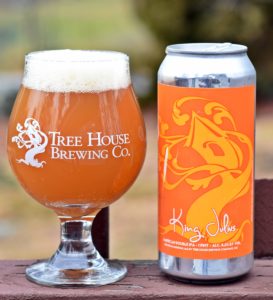This Top 10 Blonde Ales list is from the results of the U.S. Open Beer Championship, Great American Beer Festival, and RateBeer.com. The top 10 blond ales are straw to golden blonde in color. They have a crisp, dry palate, light to medium body, and light malt sweetness. Low to medium hop floral aroma may be present but does not dominate. Bitterness is low to medium. Fruity esters may be perceived but do not predominate. Diacetyl should not be perceived. Chill haze should be absent. ABV: 4.1%-5.1% IBU: 15-25
 1. Citra – Tree House Brewing – Massachusetts
1. Citra – Tree House Brewing – Massachusetts
2. Keller Kolsch – McKenzie Brewing – Oregon
3. Kirby – Echo Brewing – Colorado
4. Blonde – Fortnight Brewing – North Carolina
5. Miss Conduct – Moonraker Brewing – California
6. Scottsdale Blonde – Huss Brewing – Arizona
7. German Blonde Ale – Bemidji Brewing – Minnesota
8. Sweetwater 420 – Sweetwater Brewing – Georgia
9. Sunlight Cream Ale – Sun King Brewing – Indiana
10. Honey Badger – Appalachian Mountain Brewery – North Carolina
Top 10 Beers in America – Ales Lagers Specialty Barrel Aged